What makes a mass murderer? Inside the mind of Anders Breivik
A NARCISSIST with a dysfunctional childhood is rejected by his peers and finds solace playing video games, before discovering the dark side of the web. It’s the perfect recipe.
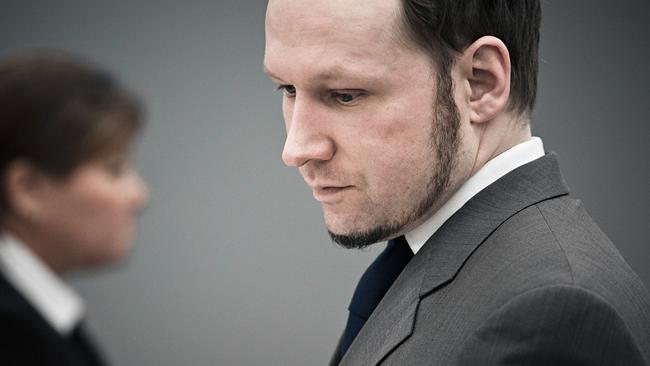
World
Don't miss out on the headlines from World. Followed categories will be added to My News.
A NARCISSIST with a dysfunctional childhood is rejected by his peers and finds solace in playing non-stop video games, before discovering the darker material available on the web and becoming obsessed with extremist literature.
It’s the perfect recipe to create a mass murderer.
This is just part of the chilling story Norwegian Asne Seierstad has explored in her book about Anders Behring Breivik, who killed 77 of their countrymen in the peaceful nation’s worst tragedy since World War II.
One of Us — The Story of Anders Breivik and the Massacre in Norway is a compelling account of the inner life of the man who committed the terror atrocity in 2011.
The 32-year-old far-right fanatic killed eight people at Oslo’s government quarters with a car bomb, before murdering 69 Norwegian Labour Party youth members on the island of Utøya.
It is the world’s worst mass shooting to date, a fact that pleased the unremorseful Breivik.

“There are so many different factors, reasons and non-reasons,” Seierstad, who has made her career writing bestsellers about war and terrorism across the world, told news.com.au. “Psychological, personal and political reasons.
“One factor is he was a neglected child. That doesn’t make you a terrorist, but it is the bottom line of what makes you as a person.
“His dad was gone, he had a dysfunctional mother and he was in and out of foster homes. A psychologist said he should be removed from his mother. She’d be loving him one minute, then hating him — it’s the worst thing you can do to a child.”
Child psychologist reports published in A Norwegian tragedy by Aage Borchgrevink revealed the troubling story of how Wenche Behring “sexualised” her four-year-old son and told him she wished he were dead.
She became preoccupied with fears he would violently assault someone, calling him “aggressive and clingy” when he was still breastfeeding. When she regularly hit him, the four-year-old would taunt her that the blows did not hurt, smiling what she called a “condescending” smile, which many remember so well from his trial.
Seierstad believes it was a growing sense of not belonging that drove Breivik to the point of no return. After missing out on a sense of attachment in his youth, his life became a desperate search for somewhere to feel safe and at home.
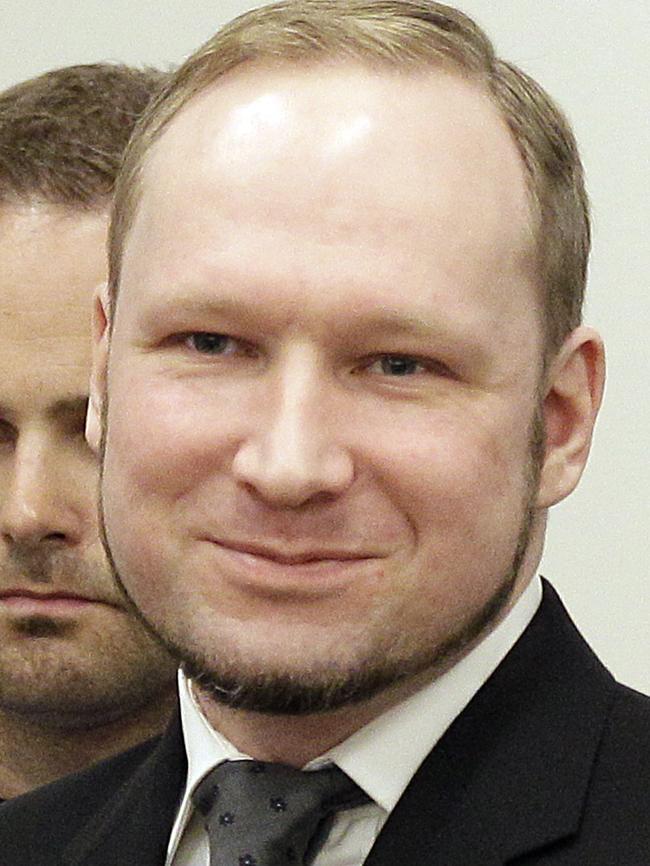
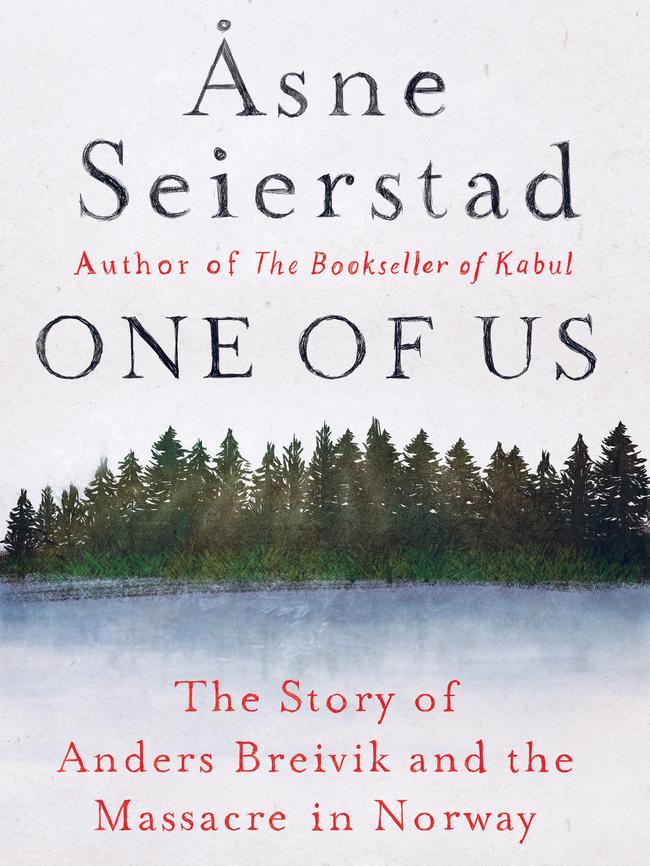
“He tries so hard and is always rejected,” said Seierstad. “He tries all these different groups.
“He ends up in front of a computer, playing video games for 16 hours a day for three years.”
In court, he said he began planning the attack in 2002, setting up a computer programming business to fund his training and experiments with explosives. After the business collapsed amid reports of illegal activity, he moved back to mother’s house, and his mental health deteriorated, psychiatrists said.
His days became consumed with playing World of Warcraft and Call of Duty 2 over the internet, practising for the massacre in these virtual environments.
“With 10 million users, you can’t blame the games,” said Seierstad. “But for people to become terrorists, it’s this combination lock. It probably wouldn’t have been possible without the internet. The world he goes into is further and further from the real world, the sites of hate speech, the rhetoric of the far-right.
“With no relationships in your life, you can be on your own, not corrected by anyone, getting crazier and crazier.
“He was scared of intimacy. Something was destroyed in his childhood, he can’t trust anyone.”
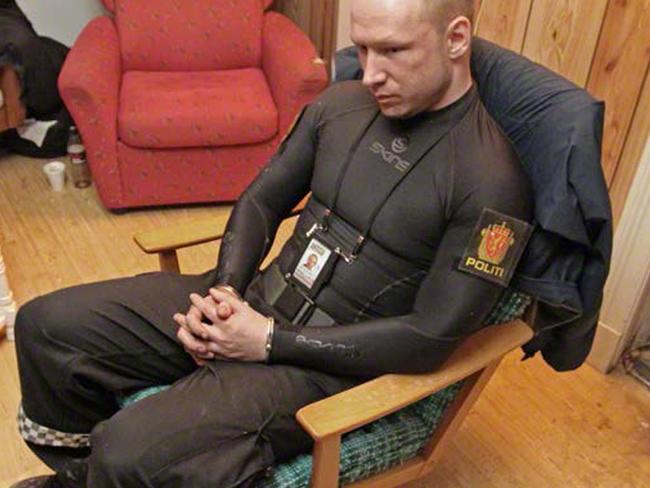
As Breivik’s lonely, frustrated life led him to the most disturbing corners of the internet, he became fascinated with anti-jihadist, far-right propaganda. He began to craft his manifesto, a 1500-page “confusing, cut-and-paste” job, with excerpts from extremist treatises and his own diary.
He fantasised about a society where men rule, rambling about a return to 1950s values, and “values we never had”, of a purely white, Christian nation. It was also a manual on how to make bombs and become a terrorist.
Seierstad says that Breivik’s profile fits that of a political terrorist, but what made him unusual was that he operated alone. “It made him more successful,” she added. “If you don’t communicate, there’s less chance you’ll be reported.”
He was different to typical high school shooters, who usually seek to enact a bitter revenge and take their own lives before they have to face up to their terrible crimes. Brevik wanted to go on trial. He wanted to be seen by the world, and have the opportunity to spread his hateful message from prison. Entering court in 2012, he raised his arm in a fascist salute.
But his mission largely failed. There is a minor Brevik fan club, with mainly right-wing Russian and Serbian members, but “he hasn’t become a hero,” said Seierstad.
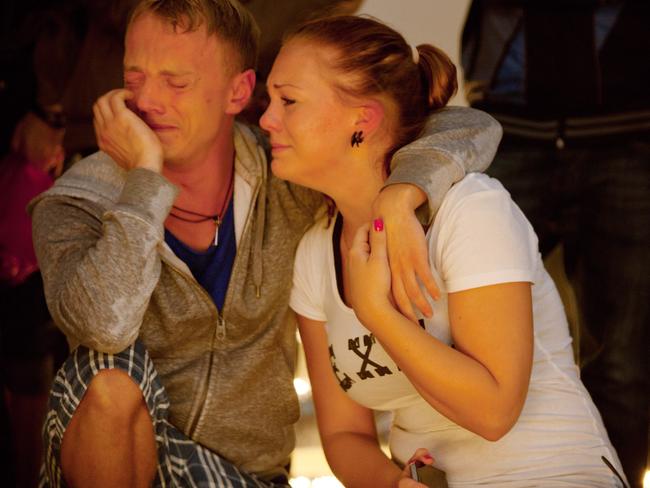
Her book is as much about her country, neighbourhood and the Norwegian people as it is about Breivik. She delves into the lives of the young people he killed, idealistic political activists concerned with immigration, integration and women’s issues, who Breivik saw as “the kids of the [Labour] government”.
Like him, “they wanted to change the world”.
Seierstad hopes we can learn more about terrorism from Breivik’s story, and an understanding of how to track the early signs and prevent the current “trend of extremism” seen in young Westerners going to Syria to join the Islamic State.
She says the far-right viewpoint reflects IS’s idea of the West being extreme liberals. The two enemies feed on each other.
“It’s about wanting to do something that matters, no matter how ‘bad’,” she said. “Breivik and ISIS share a lot: the idea of supremacy, with one group above others, deciding their fate; patriarchal values ... convert or be killed, he’s mapped his perfect society.”
Order Asne Seieirstad’s book, One of Us — The Story of Anders Breivik and the Massacre in Norway, from Hachette Australia. Asne was visiting Australia for the Sydney Writers’ Festival.
Originally published as What makes a mass murderer? Inside the mind of Anders Breivik



